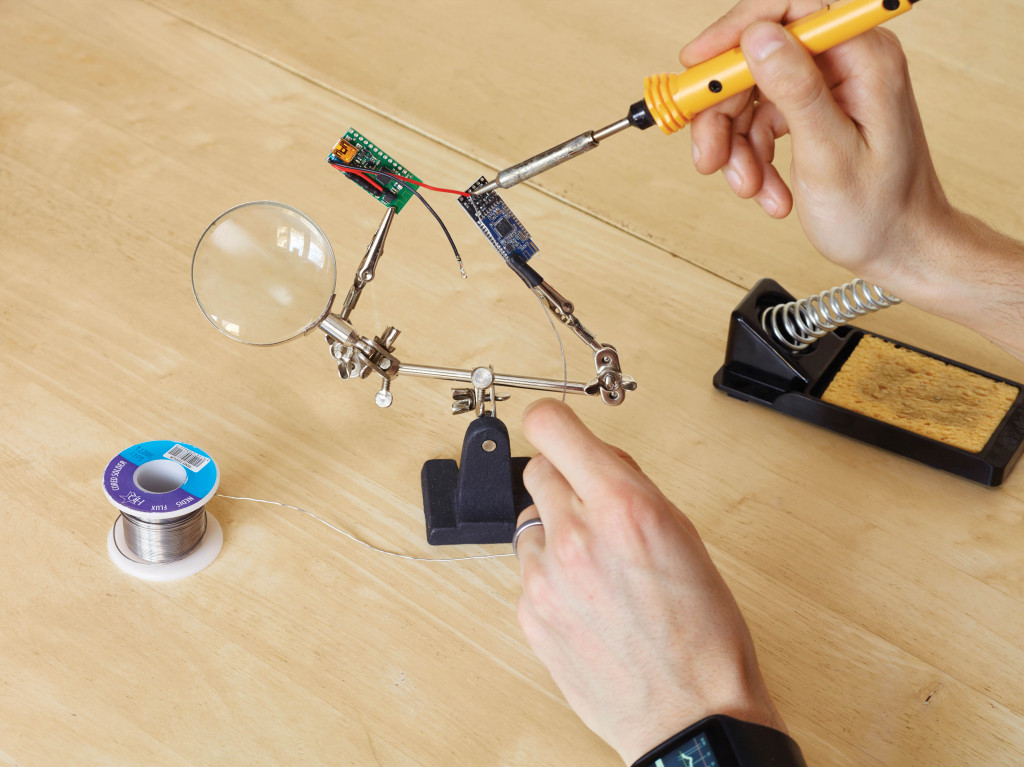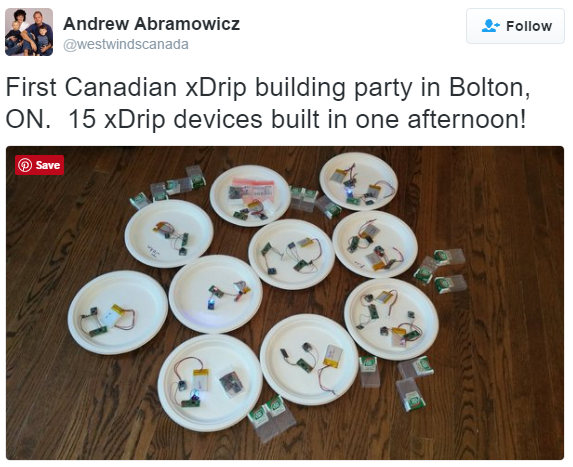Tim Omer is one of the innovators whose story is being explored as part of the Science Museum’s new exhibition, Beyond the Lab: The DIY Science Revolution.
Type 1 Diabetes is a condition that needs to be managed around the clock. Ask anyone who has managed this condition for an extended amount of time and you will hear that the main challenges are not the multiple daily injections, or even the invasive blood testing, but the mental pressure to keep track of your blood sugars, treatments, medication calculations and the relentless effort to keep this never-ending juggling act going. After more than 22 years as a Type 1 Diabetic, I would agree with them!

The lack of accessible technology and actionable data is a common frustration among the Type 1 Diabetes community. With easier ways to get in contact with other Diabetics, members of the community have been able to chat and work together much more easily. In pure frustration, the community declared “We Are Not Waiting”.
Rise of the machines
In 2015 I decided to use the supercomputer in my pocket – my smartphone – to assist with the management of my Diabetes.
With the community’s open source projects, namely xDrip and OpenAPS, I taught myself mobile development and built an Artificial Pancreas System (APS) app called HAPP. Diabetes affects the pancreas’s production of insulin, a hormone which regulates blood sugar levels. The APS can measure the amount of glucose in the blood and adjust how much insulin I need to inject to keep my blood glucose in the healthy range.

There was no need to start from scratch or devise the best algorithm to crunch my data. I just looked at what the community had already developed and used that to kick-start my own project, allowing me to focus on building a system unique to my needs with the additional functionality that I required.
The system assisted with one of the most problematic areas of my care: me. The app is free from the frustration, impatience and, at times, the simple irrational thinking of a human. It does what I cannot – it analyses my data every five minutes and makes an unemotional, logical decision.
I moved from reactive management of my Diabetes to proactive, where the APS system would provide treatment alterations to manage the highs and lows of my blood sugars and at times stop these extremes from happening.

It is a liberating feeling, for the first time in 22 years I can let my Diabetes take a back seat without damaging my health.
The data rich patient
Where is this heading? Access to information, collaboration and cost of technology is only going to improve over time. As the community’s expertise improves we are going to start seeing more medical management challenges tackled by ordinary people: from analysing the wealth of information that we are capturing, using high quality tools made accessible by 3D printing; to spreading beyond the technically-capable 1% by sharing of knowledge at community workshops. This will spread beyond just the management of Diabetes to other conditions ripe for such disruption.
The community has proven to be a large, experienced and skilled resource that is currently underused. Its access to information, sharing of ideas and drive to improve quality of life will continue to flourish. Do these DIY projects really improve the management of our condition? Or is this just an effect of the patient being more active in their management? For me the outcome is the same, I am empowered by the community and the tools they have developed. We have a condition that we are managing now, and if you agree, or not, progress is not slowing, as We Are Not Waiting.
Beyond the Lab: The DIY Science Revolution is a free exhibition, open at the Science Museum until 4 September 2016. The exhibition is funded by the Horizon 2020 Framework Programme of the European Union and will go on a European tour following its run at the Science Museum.